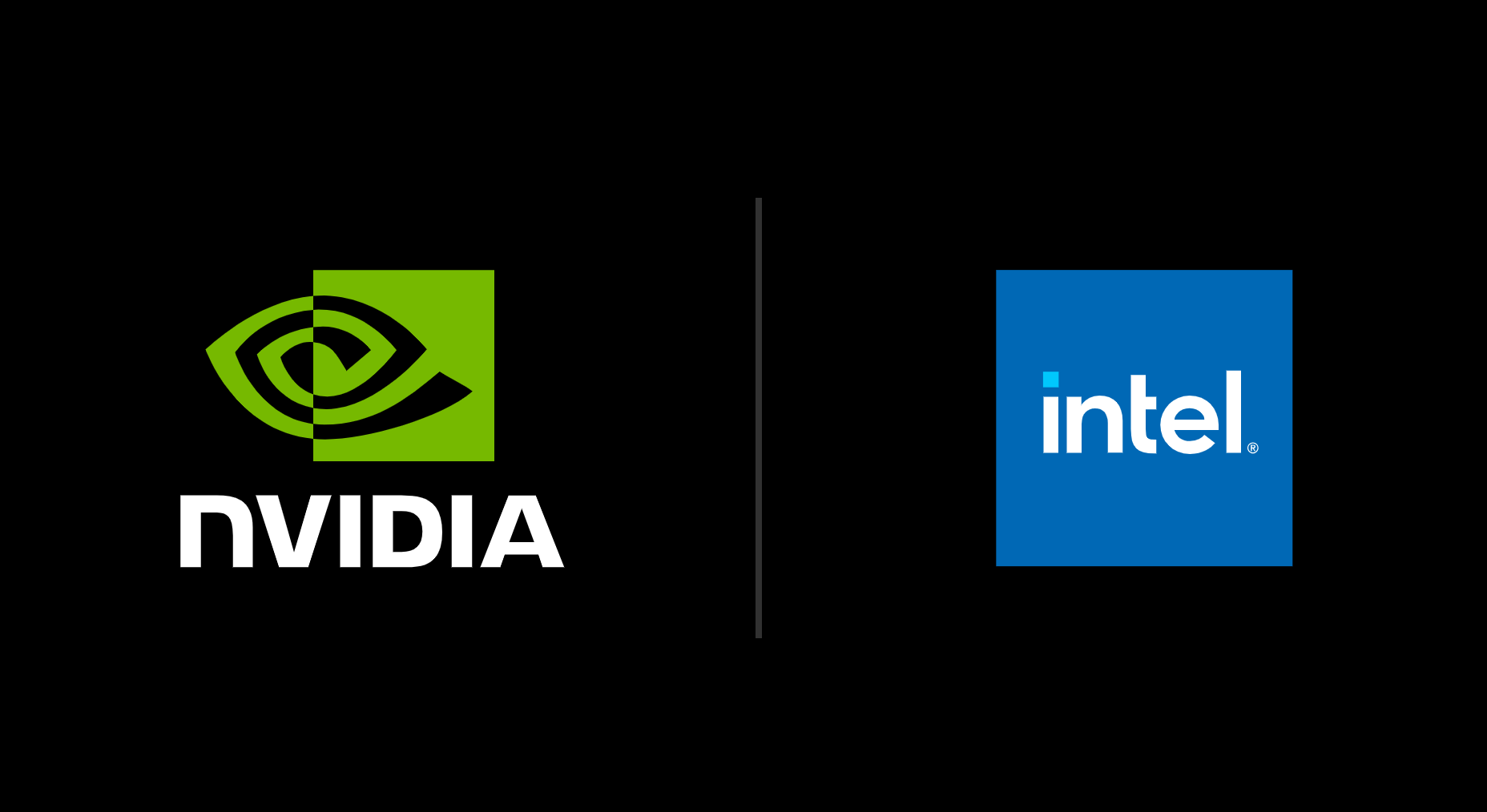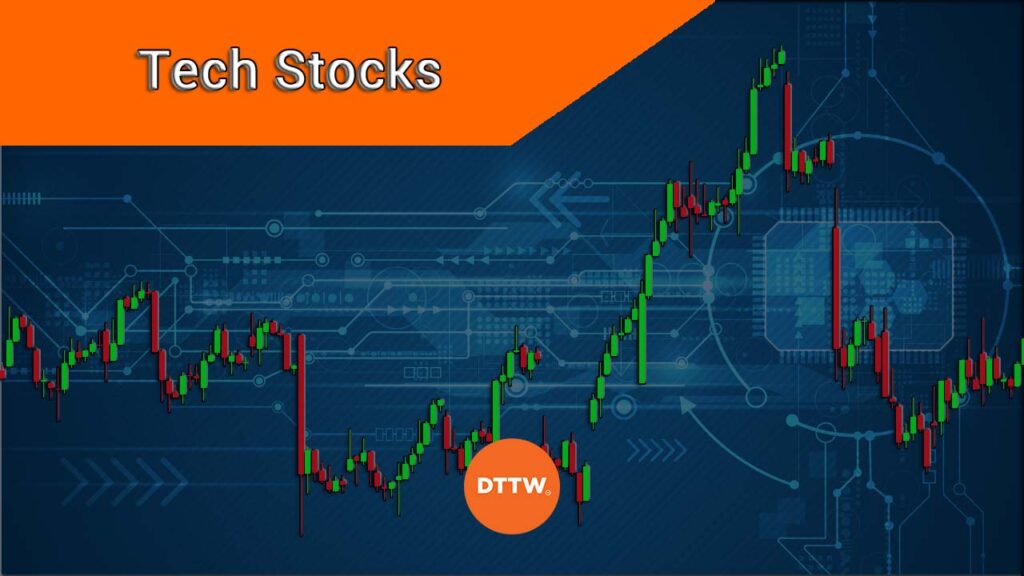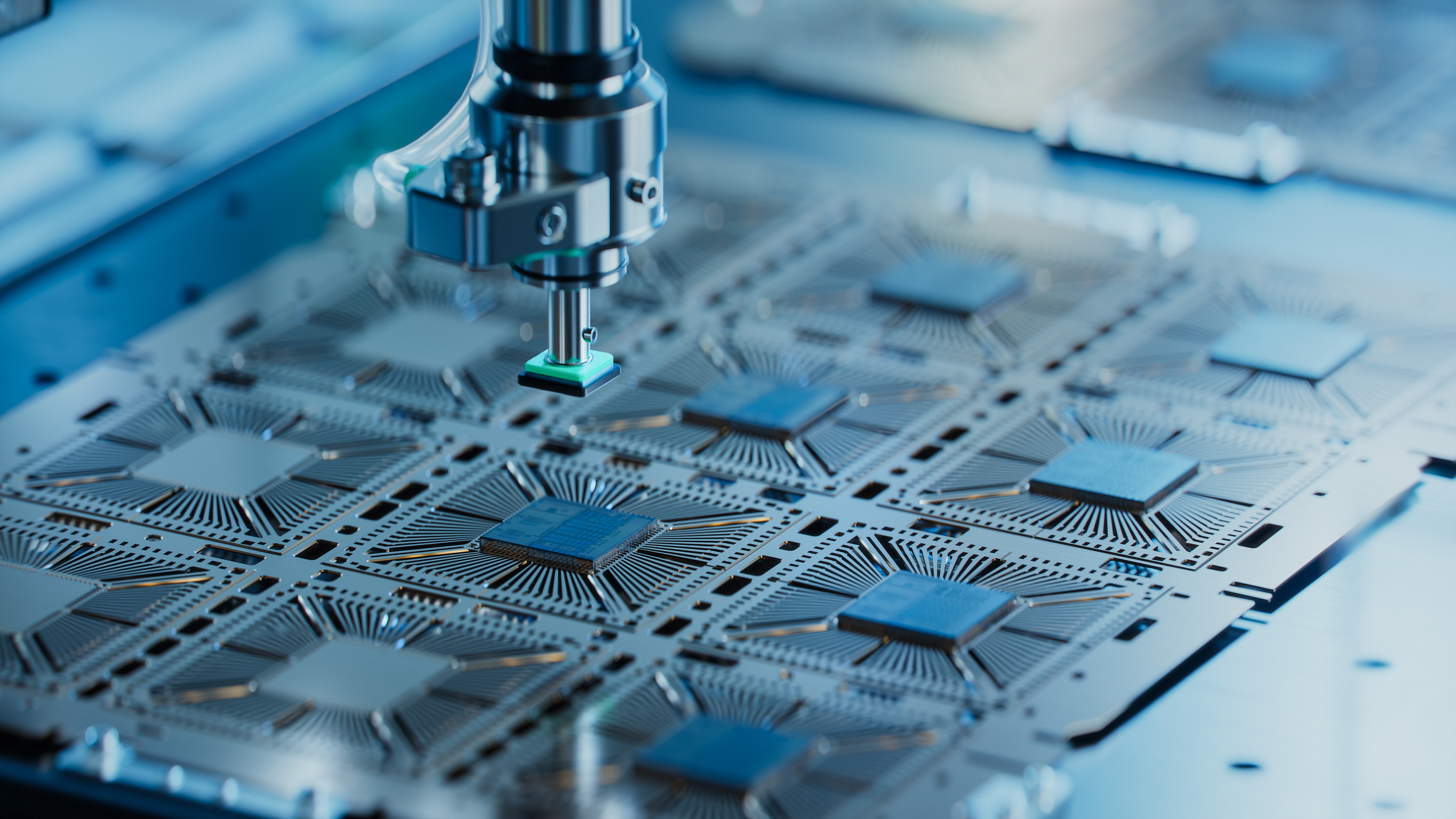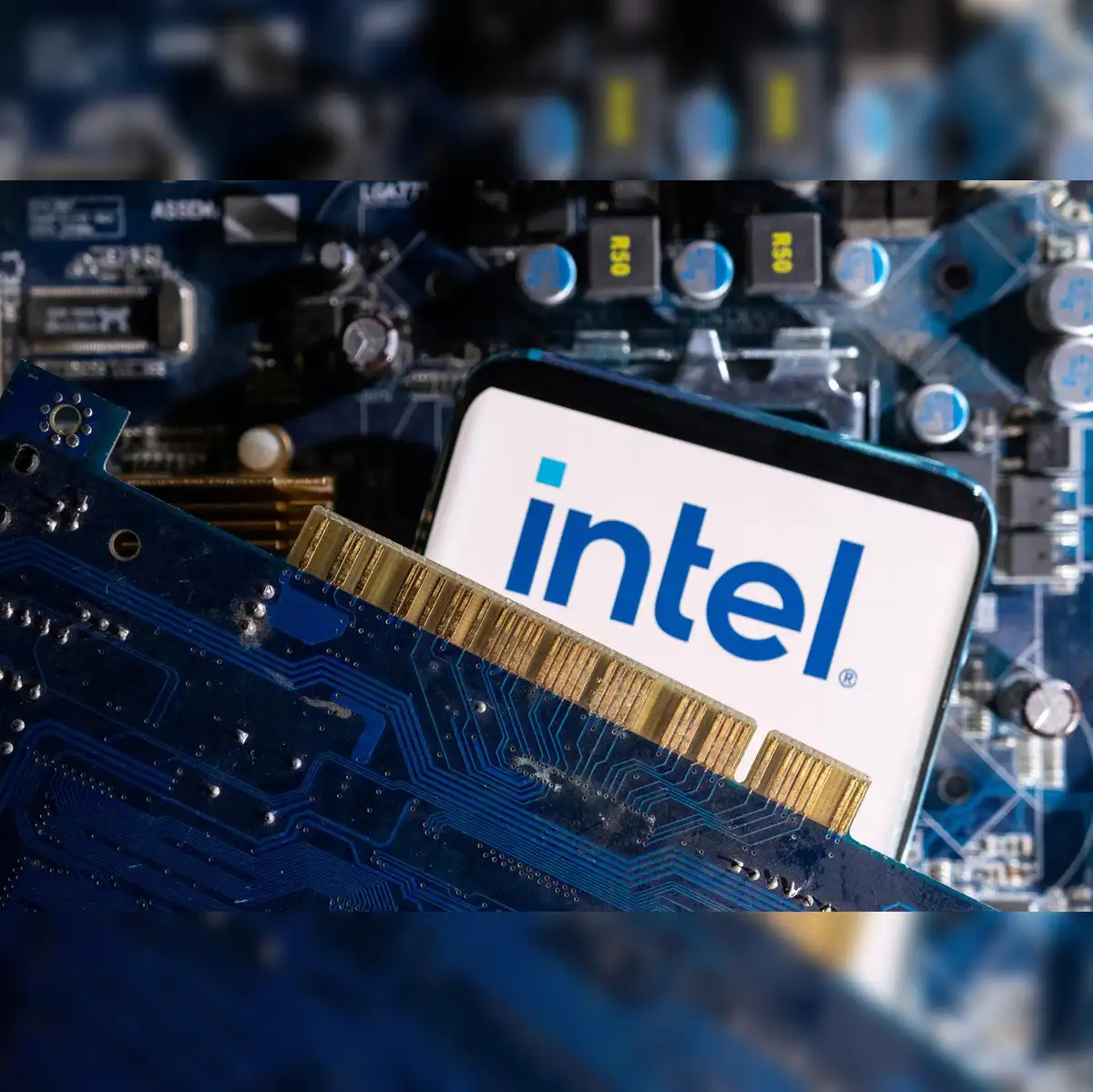Nvidia Invests $5 Billion Stake in Struggling Chipmaker Intel: Historic Partnership Reshapes Semiconductor Industry
Nvidia Invests $5 Billion Stake in Struggling Chipmaker Intel: Historic Partnership Reshapes Semiconductor Industry
Table of Contents:
- Breaking News Overview
- Deal Structure and Financial Terms
- Strategic Partnership Details
- Market Reaction and Stock Performance
- Industry Implications and Competitive Landscape
- Intel's Transformation Journey
- Government Support and Policy Impact
- Future Outlook and Growth Prospects
- Expert Analysis and Predictions
- Frequently Asked Questions
Breaking News Overview: Nvidia's Historic $5 Billion Investment
In a groundbreaking move that has sent shockwaves through the semiconductor industry, Nvidia announced its $5 billion investment in struggling chipmaker Intel on Thursday, September 18, 2025. This historic partnership between two of America's most prominent semiconductor companies represents a dramatic shift in the competitive landscape and offers Intel a crucial lifeline as it battles to regain relevance in the AI-driven technology revolution.

The investment makes Nvidia one of Intel's largest shareholders with approximately 4% ownership after new shares are issued, marking the first time the AI chip giant has taken such a substantial equity position in a direct competitor. This collaboration comes just weeks after the Trump administration's unprecedented decision to secure a 10% government stake in Intel, underscoring the strategic importance of American semiconductor manufacturing capabilities.
Deal Structure and Financial Terms
Investment Mechanics and Valuation
Nvidia will purchase Intel common stock at $23.28 per share, slightly below Intel's Wednesday closing price of $24.90 but significantly above the $20.47 price paid by the U.S. government for its stake. This premium pricing reflects Nvidia's confidence in Intel's long-term potential and the strategic value of their partnership.
The $5 billion investment represents the latest in a series of capital injections that have bolstered Intel's financial position. Combined with the $5.7 billion U.S. government investment and a $2 billion commitment from Japan's SoftBank, Intel has secured over $12 billion in new funding to support its turnaround efforts.
Collaboration Framework Beyond Investment
Beyond the equity stake, the partnership encompasses a comprehensive technology collaboration agreement that will see both companies co-develop next-generation computing solutions. The collaboration includes plans for "multiple generations" of future products, though specific financial terms of the joint development initiatives remain undisclosed.

Strategic Partnership Details: Fusion of Two Technological Powerhouses
AI Infrastructure and Data Center Solutions
The partnership's cornerstone involves Intel designing custom data-center central processors that Nvidia will integrate with its industry-leading AI graphics processing units (GPUs). This collaboration leverages Nvidia's proprietary technology to enable Intel and Nvidia chips to communicate at unprecedented speeds, addressing one of the critical bottlenecks in current AI infrastructure.
As Nvidia CEO Jensen Huang explained, "This historic collaboration tightly couples NVIDIA's AI and accelerated computing stack with Intel's CPUs and the vast x86 ecosystem – a fusion of two world-class platforms. Together, we will expand our ecosystems and lay the foundation for the next era of computing."
Personal Computer Innovation
The partnership extends beyond data centers to encompass personal computing, where Intel will build chips that seamlessly integrate Nvidia's advanced graphics and AI technologies. This collaboration could revolutionize the PC market by bringing enterprise-grade AI capabilities to consumer devices, potentially triggering a new upgrade cycle in the stagnant personal computer market.
Manufacturing and Supply Chain Considerations
Notably, the partnership does not initially include Nvidia utilizing Intel's contract manufacturing foundry services. However, Intel's foundry will supply central processors and advanced packaging for the jointly developed products, keeping the door open for expanded manufacturing collaboration as the partnership evolves.
Market Reaction: Investor Enthusiasm Drives Stock Surge
Intel's Dramatic Market Recovery
Intel's stock experienced its most significant single-day gain in recent years, surging over 25% following the announcement. The dramatic price movement reflects investor optimism about Intel's potential renaissance and the validation that comes with Nvidia's endorsement. Trading volumes reached extraordinary levels as institutional and retail investors repositioned their portfolios to capitalize on the partnership's potential.
The stock surge represents more than just short-term speculation; it signals genuine market confidence in Intel's ability to leverage this partnership for long-term growth. Analysts noted that the investment effectively provides Intel with a seal of approval from the industry's most successful AI company.
Nvidia's Market Performance
Nvidia shares rose approximately 3.8% on the news, adding roughly $150 billion to its already massive $4 trillion market capitalization. The positive reaction reflects investor confidence in Nvidia's strategic acumen and its ability to extend its AI dominance through partnerships rather than just direct competition.

Industry Implications: Competitive Landscape Transformation
Threat to Taiwan Semiconductor Manufacturing Company (TSMC)
The Nvidia-Intel partnership poses a significant strategic challenge to Taiwan Semiconductor Manufacturing Company (TSMC), currently the world's leading contract chip manufacturer and Nvidia's primary supplier for its flagship AI processors. The collaboration could potentially reduce Nvidia's dependence on TSMC while providing Intel's foundry business with the major customer it desperately needs.
David Wagner, portfolio manager at Aptus Capital Advisors, noted: "AMD has been seizing market share in desktops and laptops for quite some time and this will help Nvidia out against its closest domestic peers, but I think TSMC may have the bigger risk to its operation over the long term."
Impact on Advanced Micro Devices (AMD)
Advanced Micro Devices, Intel's primary competitor in the CPU market, faces intensified competition as Nvidia's backing could accelerate Intel's product development and market positioning. AMD shares declined 1.3% following the announcement, reflecting investor concerns about the competitive implications of the Nvidia-Intel alliance.
Broadcom and Other Competitors
The partnership also challenges companies like Broadcom, which currently provides chip-to-chip connection technology and assists major tech companies in developing custom AI processors. The combined Nvidia-Intel platform could offer integrated solutions that compete directly with Broadcom's offerings, potentially disrupting established supply chain relationships.

Intel's Transformation Journey: From Industry Pioneer to Comeback Story
Historical Context and Recent Struggles
Intel's current position represents a dramatic fall from its former status as the undisputed leader of the semiconductor industry. The company that once claimed to put the "silicon" in Silicon Valley has struggled for years to adapt to fundamental shifts in computing, first missing the mobile revolution and more recently failing to capitalize on the artificial intelligence boom that has propelled Nvidia to unprecedented heights.
The statistics tell a sobering story: Intel lost nearly $19 billion in 2024 and another $3.7 billion in the first half of 2025, while announcing plans to reduce its workforce by 25% by the end of 2025. These challenges reflect deeper structural issues including manufacturing delays, competitive pressures, and strategic missteps that have eroded Intel's market position.
Leadership Changes and Strategic Realignment
Intel's appointment of CEO Lip-Bu Tan in March 2025 marked a critical turning point in the company's transformation efforts. Tan, despite facing political challenges related to his previous connections with China, has implemented a more disciplined approach to manufacturing and capacity expansion, focusing on building factory capacity only when there is demonstrated market demand.
Nancy Tengler, CEO of Laffer Tengler Investments, suggested this partnership "may be the first step of an acquisition or breakup of the company among U.S. chip makers, though it is entirely possible the company will remain a shadow of its former self but will survive."

Government Support and Policy Impact
Trump Administration's Strategic Intervention
The federal government's 10% stake in Intel, negotiated in August 2025, represented an unprecedented intervention in corporate America and highlighted the strategic importance of maintaining domestic semiconductor manufacturing capabilities. Commerce Secretary Howard Lutnick called the government investment a "historic" agreement that "strengthens US leadership in semiconductors."
President Trump's personal involvement in Intel's situation, including his criticism of former CEO Lip-Bu Tan's China connections and the subsequent high-stakes Washington meeting that resulted in the government stake, demonstrates the intersection of technology policy and national security concerns.
Nvidia's Position on Government Involvement
Nvidia CEO Jensen Huang clarified that while the Trump administration was not directly involved in negotiating the partnership deal, the government would likely be supportive of the collaboration. This statement suggests that Nvidia's investment aligns with broader U.S. policy objectives of strengthening domestic semiconductor capabilities and reducing dependence on foreign suppliers.
Future Outlook: Technological Innovation and Market Opportunities
AI Infrastructure Market Expansion
The partnership positions both companies to capitalize on the explosive growth in AI infrastructure spending, which industry experts project will reach $3-4 trillion by the end of the decade. Dan Ives, tech analyst at Wedbush, emphasized that "AI infrastructure investments continuing to grow... the chip landscape remains [Nvidia's] world, with everybody else paying rent."
The collaboration could accelerate the development of more efficient and powerful AI systems by combining Nvidia's GPU expertise with Intel's CPU and system integration capabilities. This synergy could result in breakthrough products that neither company could develop independently.
Manufacturing and Supply Chain Resilience
Gil Luria, head of technology research at D.A. Davidson, noted that Nvidia is motivated to "diversify some production away from other competitors - notably, Taiwan's TSMC" while also supporting "the US administration as it tried to prop up the only American company able to produce chips in the US."
This geographic diversification could prove crucial as geopolitical tensions continue to impact global semiconductor supply chains, providing both companies with more resilient manufacturing options.

Expert Analysis: Industry Transformation and Strategic Implications
Competitive Dynamics and Market Positioning
Gadjo Sevilla, senior AI and tech analyst at eMarketer, described the partnership as "a massive game-changer for Intel and effectively resets its position of AI-laggard into a cog in future AI infrastructure." This transformation represents more than just financial investment; it provides Intel with credibility and technological access that could accelerate its return to industry leadership.
The collaboration enables Intel to leapfrog years of independent development by gaining access to Nvidia's cutting-edge AI technologies and market insights. For Nvidia, the partnership provides manufacturing diversification and access to Intel's extensive x86 ecosystem and customer relationships.
Risk Assessment and Potential Challenges
Despite the optimistic market reaction, several risks could impact the partnership's success. Ray Wang, a semiconductor analyst at Futurum Group, noted that the investment notably excludes Intel's foundry manufacturing business, potentially limiting the transformational impact on Intel's most troubled division.
Additionally, the integration of two companies with different corporate cultures, technological approaches, and strategic priorities presents execution challenges that could affect the partnership's ultimate success.
Timeline and Product Development Expectations
While the companies have not disclosed specific timelines for their first joint products, industry experts expect initial offerings to appear within 18-24 months. The partnership's focus on "multiple generations" of products suggests a long-term commitment that could span a decade or more, providing sustained competitive advantages for both companies.

Frequently Asked Questions
What is the size and structure of Nvidia's investment in Intel?
Nvidia is investing $5 billion in Intel at $23.28 per share, which will give it approximately 4% ownership and make it one of Intel's largest shareholders. The investment is subject to regulatory approvals and represents a premium to the U.S. government's earlier investment price.
How does this partnership affect Intel's foundry business?
The initial partnership does not include Nvidia using Intel's foundry services for chip manufacturing. However, Intel's foundry will supply central processors and advanced packaging for joint products, keeping the door open for expanded manufacturing collaboration in the future.
What products will the companies develop together?
The partnership will focus on two main areas: custom data center chips combining Intel CPUs with Nvidia GPUs for AI infrastructure, and personal computer processors that integrate Nvidia's graphics and AI technologies with Intel's processing capabilities.
How does this impact competitors like AMD and TSMC?
AMD faces intensified competition as Nvidia's backing could accelerate Intel's product development. TSMC potentially faces the biggest long-term risk as the partnership could reduce Nvidia's dependence on the Taiwanese manufacturer while strengthening Intel's foundry capabilities.
What role did the U.S. government play in this partnership?
While the Trump administration was not directly involved in negotiating the Nvidia-Intel partnership, the government's earlier 10% investment in Intel helped stabilize the company and likely made it a more attractive partner for Nvidia. The partnership aligns with U.S. policy goals of strengthening domestic semiconductor capabilities.
When can we expect to see the first joint products?
While specific timelines haven't been announced, industry experts expect initial joint products within 18-24 months. The companies have indicated they plan to develop "multiple generations" of products, suggesting a long-term collaboration spanning many years.

Conclusion: A New Chapter in Semiconductor Industry Evolution
Nvidia's $5 billion investment in Intel represents far more than a financial transaction—it marks a pivotal moment in the semiconductor industry's evolution and America's efforts to maintain technological leadership in an increasingly competitive global market. This historic partnership brings together Nvidia's AI dominance with Intel's manufacturing capabilities and ecosystem reach, creating a formidable alliance that could reshape the competitive landscape for years to come.
The collaboration offers Intel a genuine opportunity for renaissance after years of struggling to regain relevance in a rapidly evolving technology landscape. For Nvidia, the partnership provides manufacturing diversification, supply chain resilience, and access to Intel's vast x86 ecosystem—strategic advantages that complement its current market position while positioning it for continued growth.
As the AI revolution continues to drive unprecedented demand for computing power and specialized semiconductors, this partnership positions both companies to capitalize on a market opportunity that could reach $3-4 trillion by decade's end. The success of this collaboration will likely influence how other technology giants approach partnerships, acquisitions, and strategic alliances in an industry where technological supremacy increasingly determines national competitiveness.
Stay Ahead of Technology Trends
Don't miss critical developments in the semiconductor industry. The Nvidia-Intel partnership is just the beginning of major industry consolidation and technological advancement. Subscribe to our technology newsletter for in-depth analysis, exclusive interviews, and early insights into the deals and innovations shaping the future of computing.
